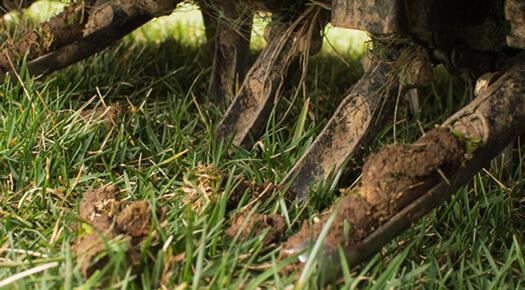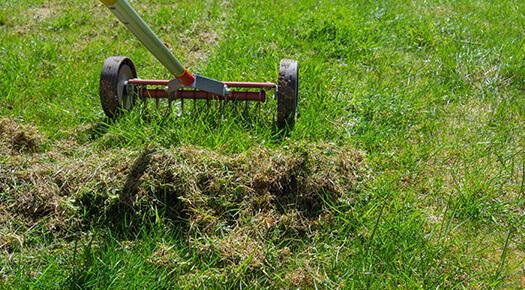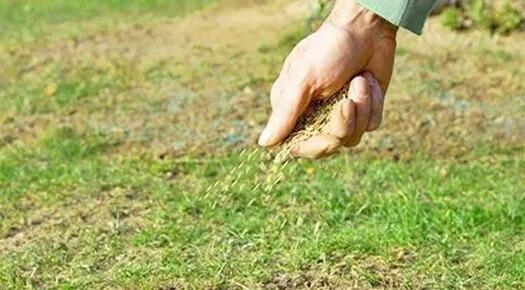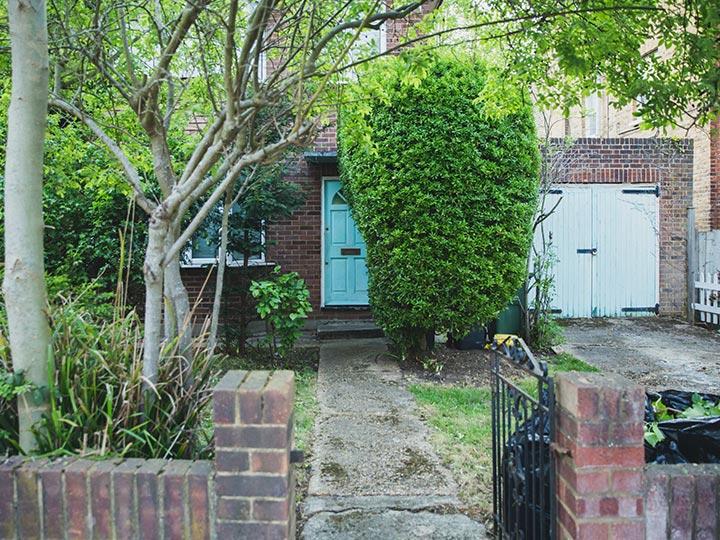When the grass is in ‘grow-mode’ and the soil is moist, then you’re good to go. If it hasn't rained for a while (apparently that does happen in the UK, occasionally), you should water your lawn a few days before you fertilise just in case it’s suffering from drought stress.
You also need to make sure the grass is completely dry before applying any lawn care products to avoid burning.
Lastly, you’ll have to “water in” the fertiliser. This will rinse the grass blades so that they won’t burn, and the roots will fully absorb the feed. Give it a good drink, enough that the fertiliser and soil become thoroughly moist, but not so the water begins to form puddles or wash away the nutrients.
















